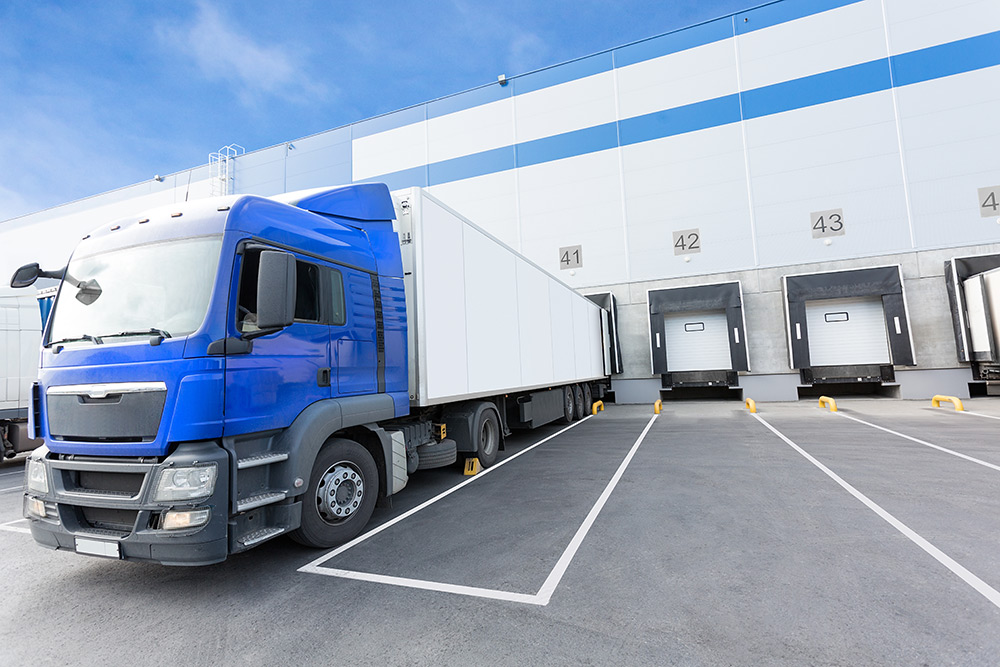
Official Road Freight Stats 2016 – 2017
Domestic freight activity by GB-registered HGVs operating in the UK has increased according to the most recent statistics. A report with data captured between October 2016 and September 2017 highlights the changes in activity, their significance and also the cause. The evidence suggests that the road freight industry has seen a significant spike in activity over the last year which is fantastic news for any business operating in the sector. Let’s take a look at the stats in more detail, explore the potential causation and examine what this could mean for HGV operating businesses.
Road Freight Stats Between October 2016 – September 2017
It’s worth noting that goods lifted reached a total of 1.45 billion tonnes. This was an increase of 3% compared to the previous year ending September 2016. As well as this, the total goods moved was 150 billion tonne-kilometres which was another increase of 3 percent.
In contrast, the vehicle distance was 18.7 billion vehicle kilometres. This was slightly less than the previous year, dropping by 1 percent. The increase of goods moved and goods lifted follows a pattern or trend which has been ongoing for the past five years. The only difference was in 2013 and 2014, due to severe weather conditions. During severe weather, significantly fewer HGVs are able to travel the roads.
As well as this, the report also revealed that there were significant increases from transporting freight internationally as well. 8,00 million tonnes was lifted to and from the UK with an increase of 2 percent divided into imports and exports. Exports were down 3 percent from last year.
As well as this, goods moved reached a total of 5.4 billion tonne kilometres, with an increase of 5% overall.
What Do These Statistics Mean?
Generally speaking, it seems that industries that operate HGVs are rising in the UK. Though, perhaps not be a massive amount. After all, as can be seen from the new stats, the increases are not that substantial yet still significant.
It is possible that the increase is largely due to the growth of the logistics industry in the country. It’s true to say that logistics operations are certainly on the rise. Many businesses are now outsourcing logistics issues to other companies and allowing them to carry out this job.
With the vehicle distance down slightly it might also be time to look into improving the roads that these HGV operators are using. In a report by the Freight Transport Association (FTA), it was revealed that the most important thing that can be done to support the growing logistics industry was to improve the country’s roads. It’s true that many roads are being left in a state of disrepair and this need is being fueled by the quantity of freight moved by road. In 2016, the quantity reached 170 billion tonne kilometres, the highest level since records began. As seen from the latest reports, it has only continued to rise.
But is it just the government that need to make changes or do road freight companies need to alter their business model as well?
Keeping Businesses Efficient And Effective As Demand Rises
The increase in domestic freight activity suggests a surge in demand for road freight companies. To stay on top of this demand it will be important to keep the business model effective and things operating efficiently. This can be a challenge but a great place to start is by making sure that loading bay equipment is up to date. If loading bay equipment falls out of date then it will need to be repaired. This will mean that there will be significant levels of downtime for the company. It can certainly affect revenue streams and cause clients to seek out the competition.
There are a range of new pieces of equipment and apparatus that you can look into to upgrade and update docking bays. Equipment like this can make docking faster, unloading and loading more efficient while keeping the docking bay safe. While installing air sealed docks will ensure that products are not exposed to the outside environment new lighting on the docks will keep workers safe. With domestic freight activity increasing now would be the worst possible time for businesses to fall behind with an outdated docking bay.
Of course, when you purchase docking equipment, you do need to make sure that you use the best suppliers and trust the top producers for your products. It’s crucial that your equipment operates and works exactly as you need it to ensure that your business stays ahead as demand continues to rise.
Chase News
Christmas Opening Hours
As the holiday season approaches, we’d like to share our festive opening hours so you can plan ahead. We will…
Read More
Choosing the Right Static Yard Ramp for Your Business: A Complete Guide
Efficient loading and unloading is essential for any warehouse, logistics hub, or manufacturing facility. For many businesses, static yard ramps…
Read More
Before and After: A Closer Look at Modular Dock Transformations
When it comes to improving logistics efficiency, the installation of modular dock levellers is one of the most effective upgrades…
Read More



